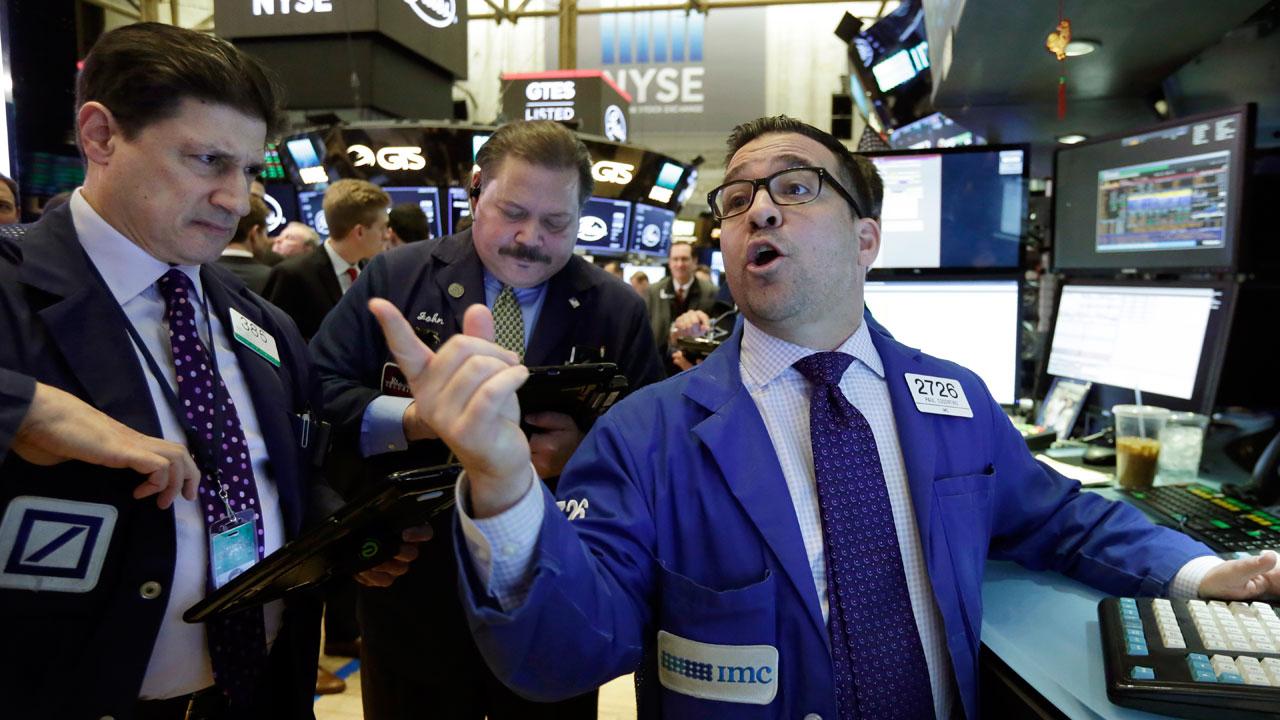Goldman Sachs shares stock market strategy amid escalating trade war
Goldman Sachs says not to worry, you can still make money in the stock market if the trade war escalates further.
“Our year-end S&P 500 price target of 3100 represents a 9 percent return from the current level,” wrote the bank's Portfolio Strategy Research team, led by equity strategist David Kostin. “However, US-China trade represents a significant source of uncertainty to our projection; a downside scenario could see the S&P 500 end 2019 at roughly 2620, or 8 percent below the current level.”
Both the U.S. and China on Friday escalated their more than year-long trade war. Beijing announced it would slap tariffs on $75 billion worth of U.S. goods and reinstate taxes on others, prompting President Trump to respond by raising existing tariffs on Chinese products.
Amid the uncertainty, Goldman Sachs has laid out three strategies to help clients navigate the market during the trade war.
1) Stick with service providers over goods producers.
Doing so will give your portfolio less exposure to companies that may be subject to tariffs and trade retaliation, Goldman says. Some of the largest services companies include Microsoft, Amazon, and JPMorgan.
2) Buy domestic-facing companies.
Firms that generate 100 percent of their sales in the U.S. should be “relatively insulated” from tariffs, the bank wrote. These companies include Verizon Communications, Dollar General, Norfolk Southern and Target.
3) Buy dividend stocks
The U.S. 10-year yield is holding near 1.50 percent. Meanwhile, Goldman’s forecast calls for S&P 500 annualized dividend growth of 3.5 percent over the next decade. Dividend growth stocks include AT&T, Harley-Davidson and Valero Energy.
Goldman isn’t the only Wall Street bank that has some concerns about the trade war’s impact on the stock market. Last week’s trade uncertainty caused Morgan Stanley Equity Strategist Michael Wilson to issue a warning to clients.
“The evidence is rather compelling that we are not mid cycle, or even late cycle, but rather end of cycle,” he wrote, adding that his team's mid-2020 base case S&P 500 price target is 2,750, or 4.5 percent below current levels. The firm sees the S&P 500 falling to 2,400 in a worst-case scenario.
CLICK HERE TO READ MORE ON FOX BUSINESS
“This is the first time markets have not responded positively in a sustained matter to what amounted to a de-escalation of the trade situation,” Wilson wrote. “We think it effectively means the Trade put has also expired.”




















